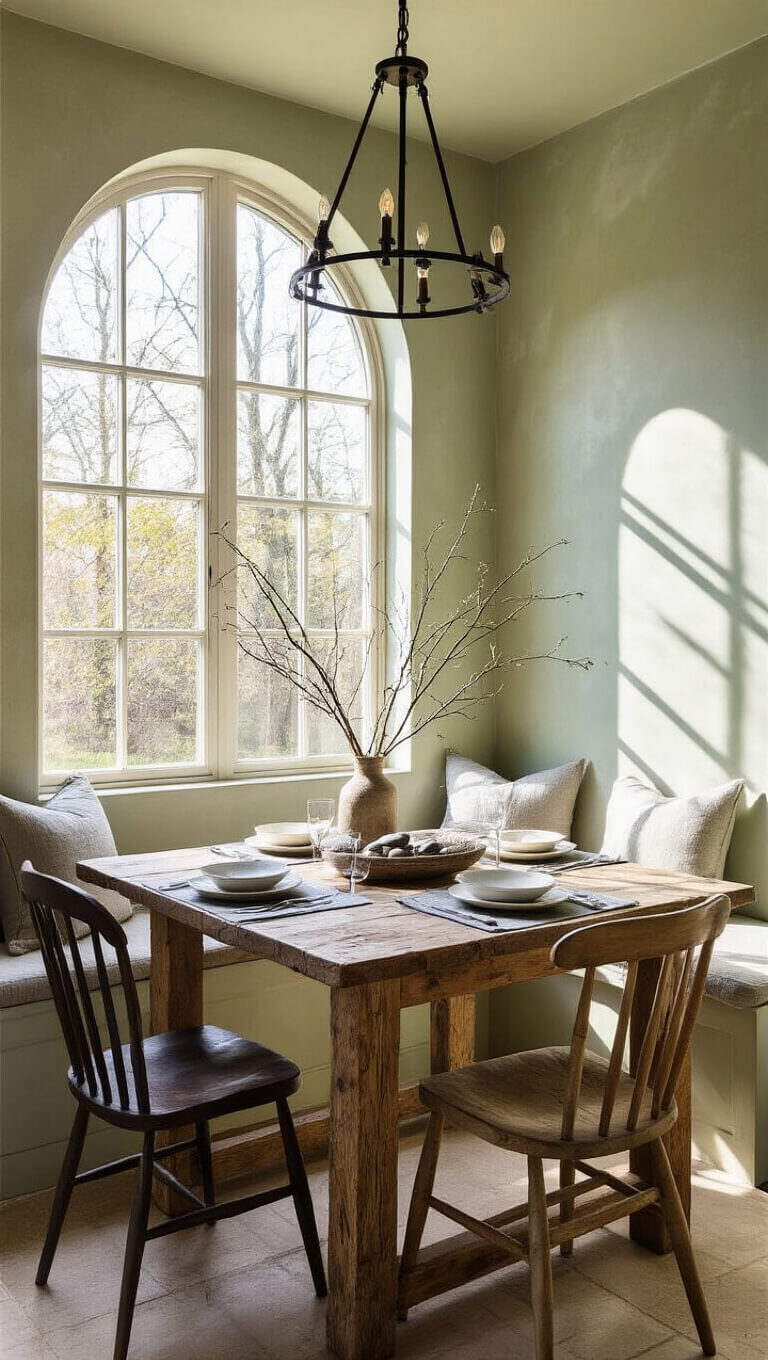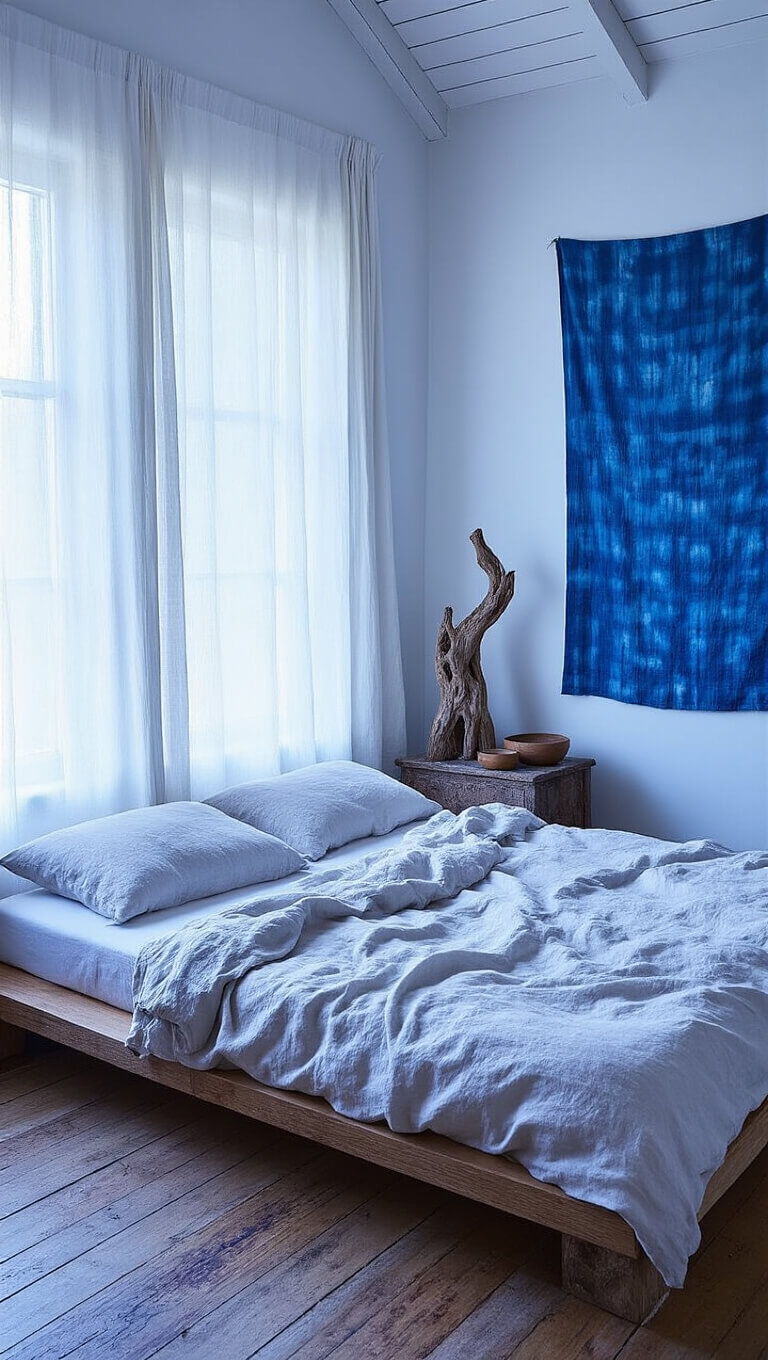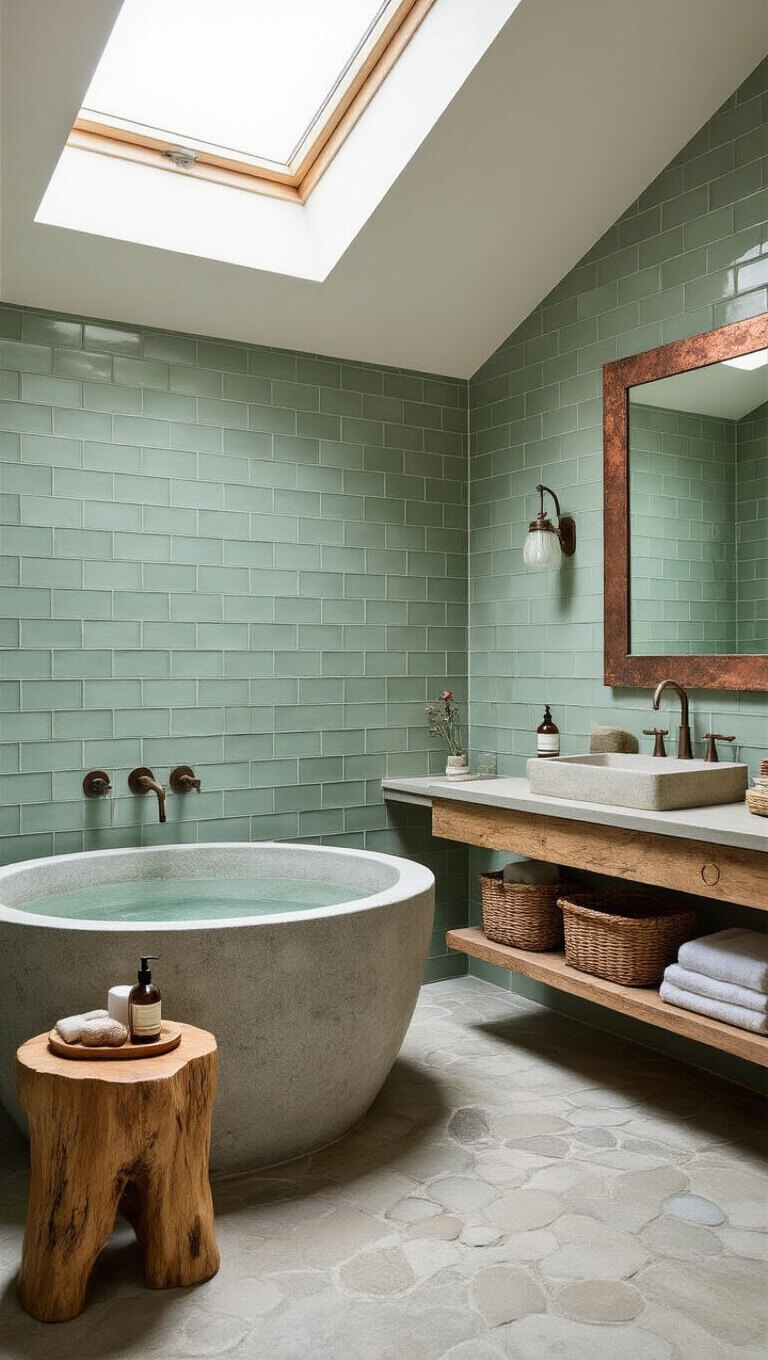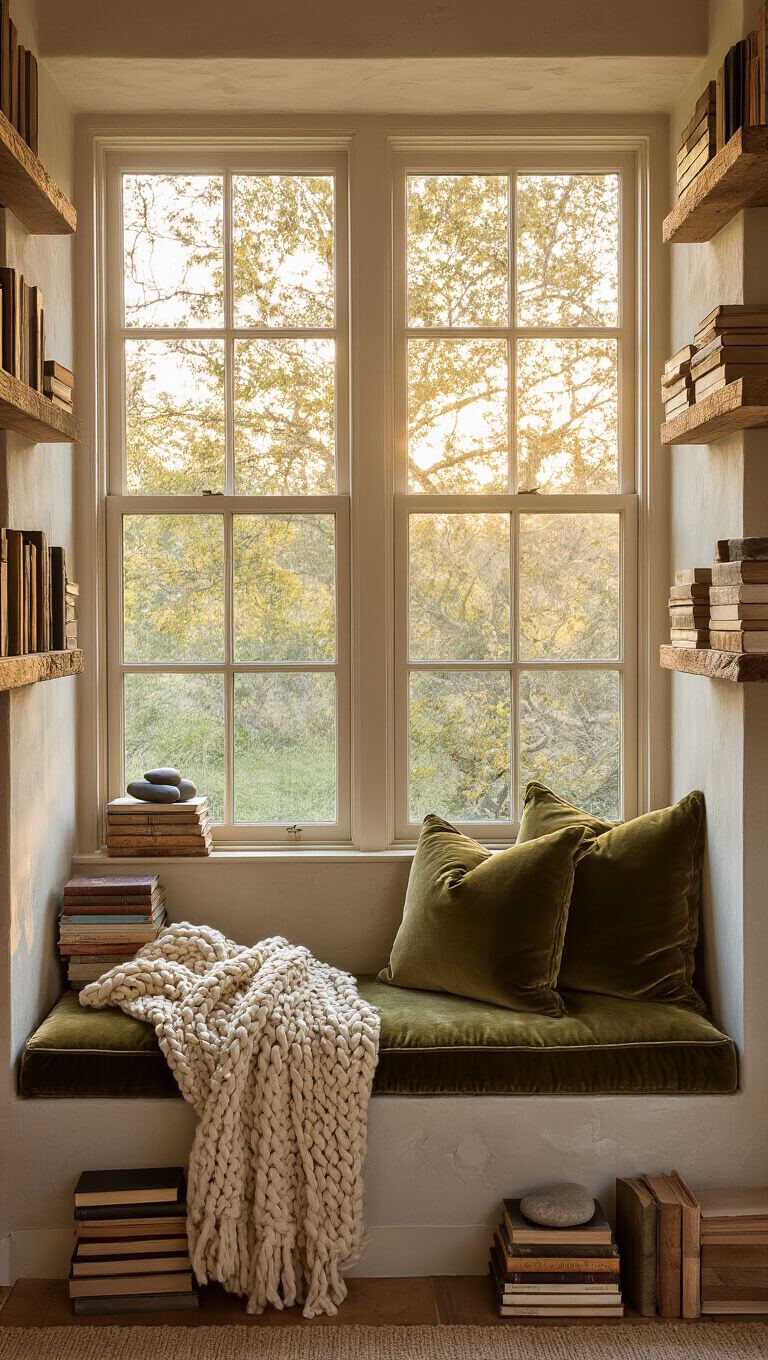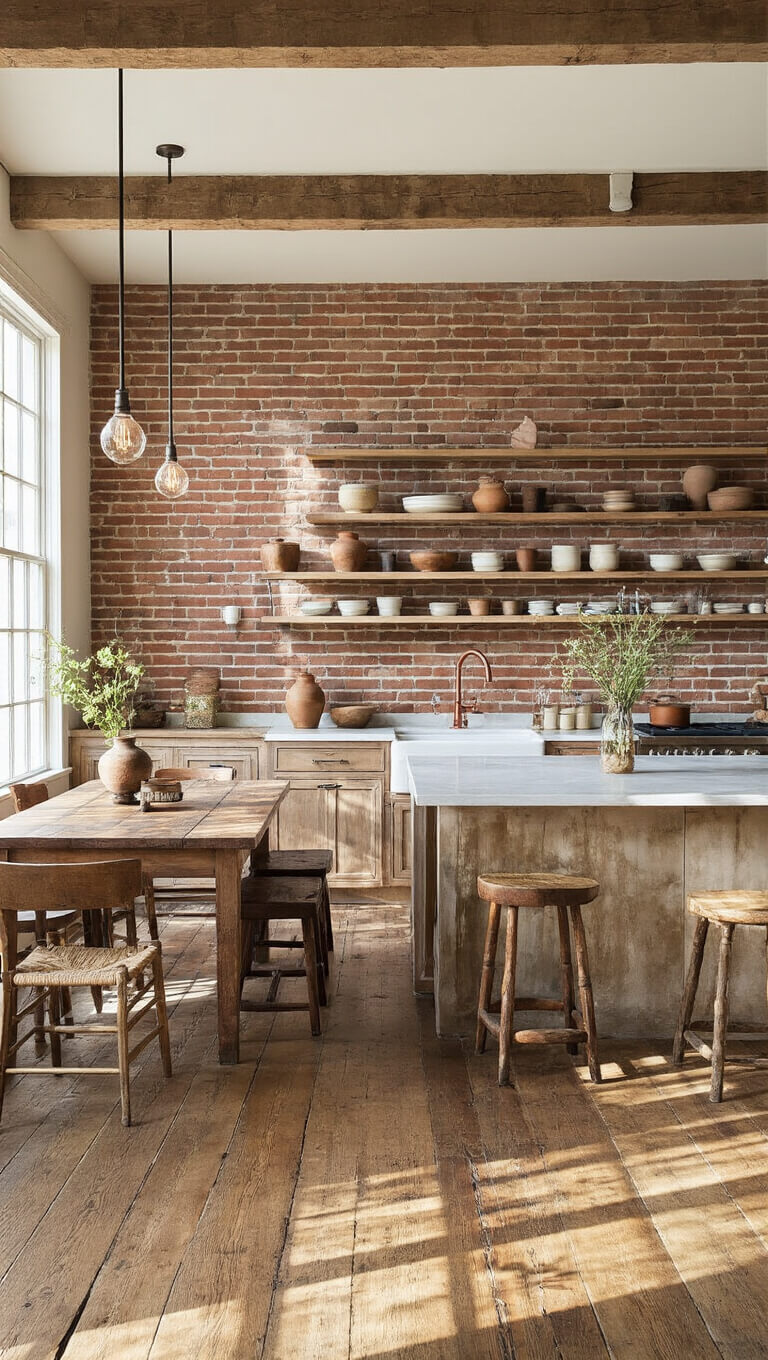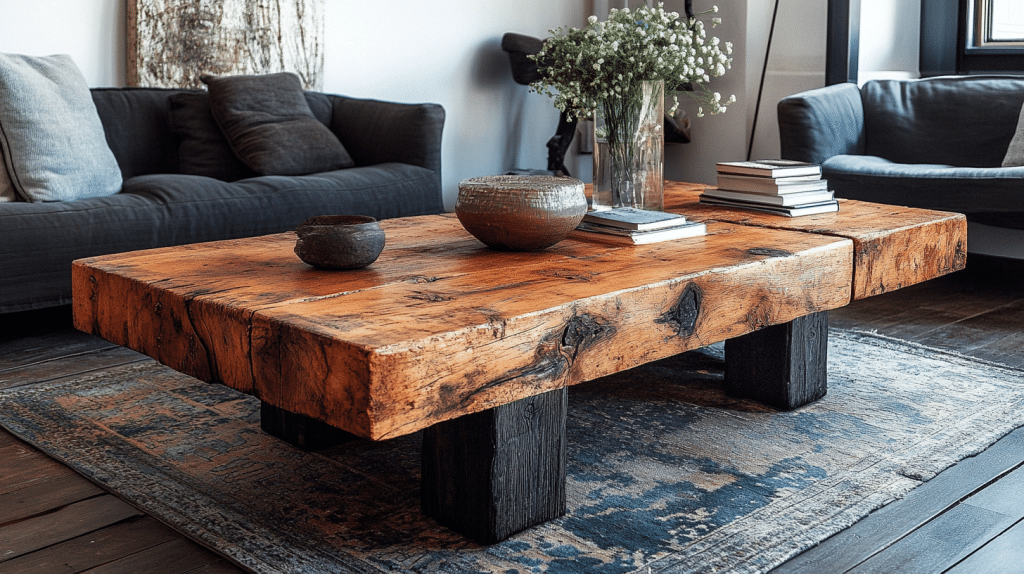Why Wabi-Sabi Matters in Modern Homes
You walk into a room, and something feels different. It’s not perfectly staged or polished. Instead, it breathes with a quiet authenticity that whispers stories of time, use, and natural beauty.
This is the essence of wabi-sabi interior design—a Japanese philosophy that turns traditional design principles upside down.
Forget Instagram-perfect interiors. Wabi-sabi celebrates:
- Real life over perfection
- Character over uniformity
- Natural aging and evolution

Core Principles: More Than Just a Design Trend
Imperfection is Not a Flaw—It’s a Feature
Imagine a ceramic bowl with a subtle crack repaired with gold. In wabi-sabi, that crack isn’t damage—it’s a beautiful narrative of survival and resilience.
Key characteristics include:
- Minimal, uncluttered spaces
- Natural, raw materials
- Earthy, muted color palettes
- Handcrafted, unique objects
- Deep connection to natural elements
Practical Styling Tips for Your Wabi-Sabi Space
1. Material Selection Matters
- Choose wood with visible grain
- Select stone with natural variations
- Embrace fabrics that soften and age gracefully
2. Color Palette Secrets
- Stick to nature-inspired tones
- Think soft grays, warm browns
- Avoid bright, artificial colors
3. Curate, Don’t Accumulate
- Select pieces with personal meaning
- Prioritize quality over quantity
- Allow breathing room in your design
Real-World Wabi-Sabi Transformations
| Before | After |
|---|---|
| Glossy, perfect surfaces | Textured, lived-in spaces |
| Mass-produced furniture | Handcrafted, unique pieces |
| Sterile environments | Organic, breathing rooms |
Common Misconceptions
Wabi-Sabi is NOT:
- Deliberately making things look old
- An excuse for poor maintenance
- A license for messiness
Wabi-Sabi IS:
- Intentional appreciation of natural processes
- Mindful selection of meaningful objects
- Creating spaces that tell authentic stories
Pro Tips for Wabi-Sabi Newbies
- Start small: One handcrafted object
- Observe natural materials
- Allow items to age naturally
- Remove unnecessary decorations
The Deeper Philosophy
Wabi-sabi transcends interior design. It’s a life perspective celebrating:
- Impermanence
- Humility
- Authenticity
- Acceptance of natural cycles
Your Wabi-Sabi Journey Begins
Remember, wabi-sabi isn’t about following strict rules. It’s about creating spaces that reflect genuine lived experiences, where every crack, every weathered surface tells a story.
Embrace imperfection. Celebrate authenticity. Welcome home.

